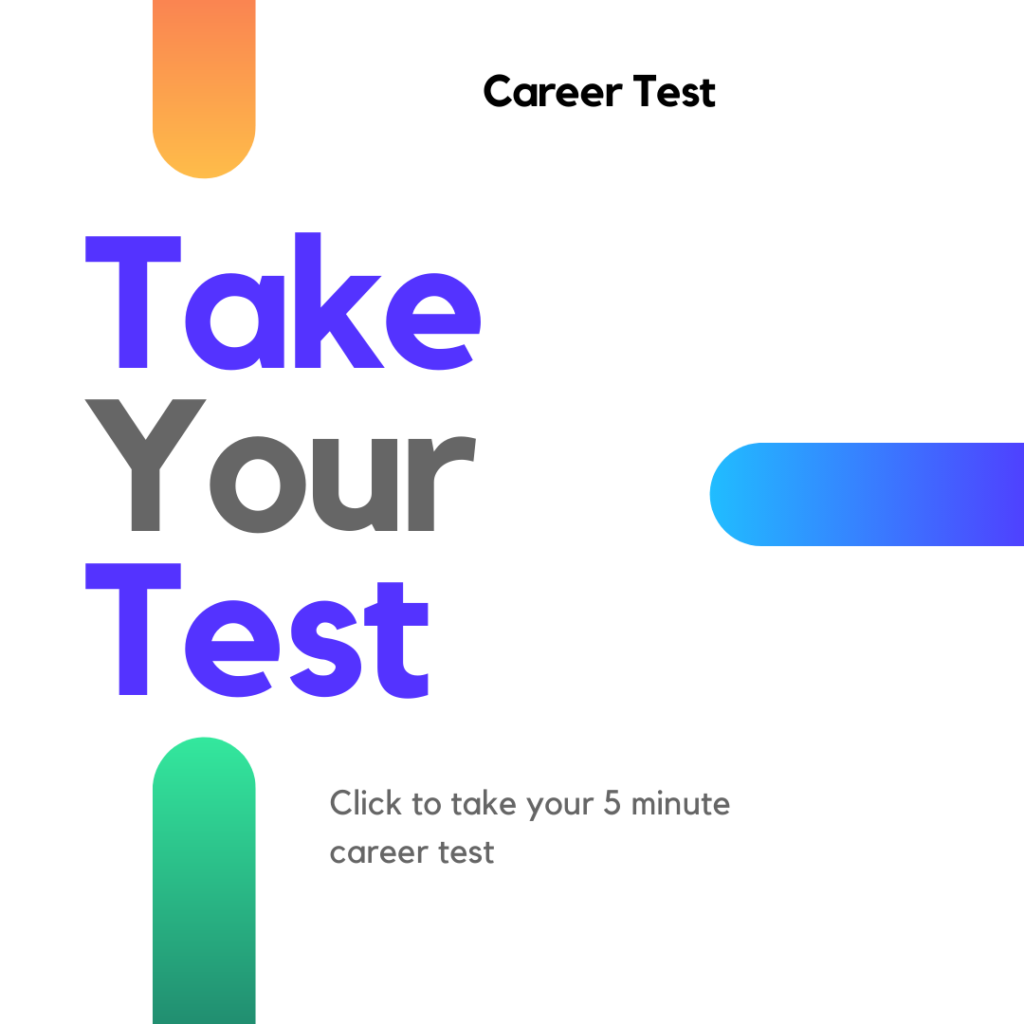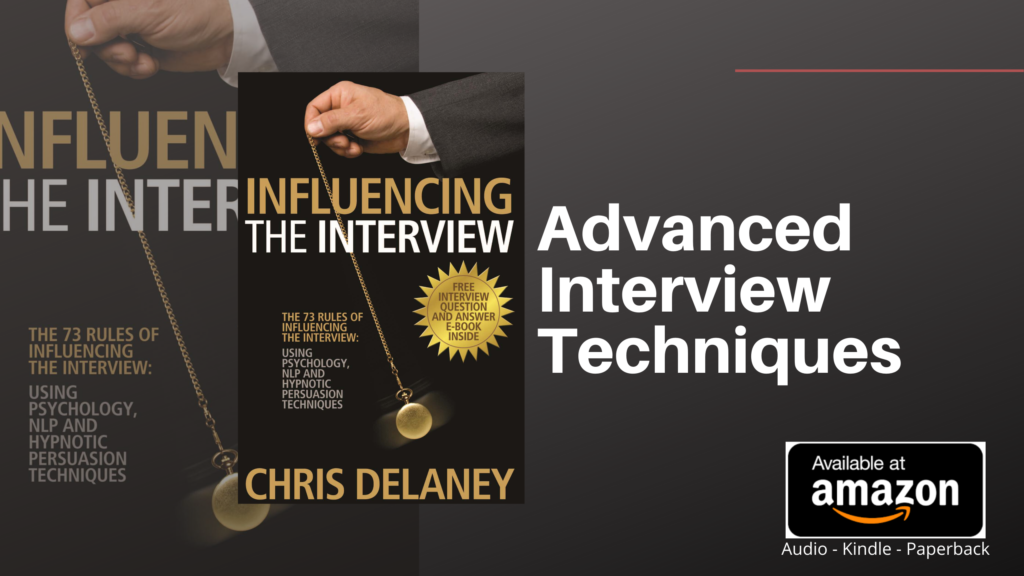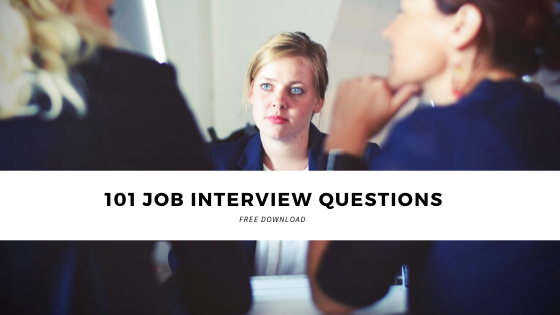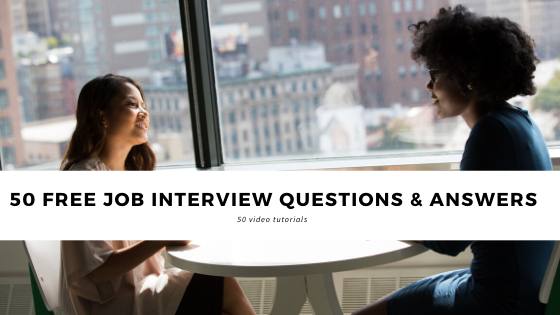Human resource officers, working alongside the strategic management team, are responsible for advising on the implementation of policies and procedures to meet business objectives.
Keys areas of work for most HR departments include the promotion (and advising manager of) and implementation of equality and diversity, improving recruitment processes and creating talent management programmes, reviewing staff salaries and reviewing equal pay, and overseeing redundancies.
For human resource consultation businesses, the HR interviewee may be required to have specialist knowledge. Interviews, for an HR staff member, within a none human resource company, the applicant will need to highlight the wide range of HR-related competencies.
In the main, human resource job interviews follow the structured interview format, with 10 competency-based interview questions being asked.
Each interview question will be based on the duties of each particular job role. As many duties cross HR job roles there are a number of commonly asked HR interview questions which we have highlighted below.
Human Resource Interview Questions.
Each HR job interview will have a number of specific, job duty-related, interview questions, bookended with commonly asked interview questions which will include:
Opening interview questions.
- Why have you applied for an HR position within our organisation?
- What do you know about our company and what we do?
- What motivated you to work in human resources?
Closing interview questions.
- What has been your biggest career success to date?
- Give an example of your continuous professional development?
- Do you have any questions to ask us?
The main section of the job interview will be questions asked about experience and knowledge related to specific HR duties.
HR Interview Questions and How to Answer Them.
HR Interview Question 1 – Give an example of working closely with department leads to help implement a new policy and procedure?
Sometimes, depending on the organisation, the CEO, senior manager or department leads are specialists in the business niche – business acumen, creating algorithms, financial advice, or any sector-related skill, but aren’t always experts in human resource management.
Employers understand the truth behind the statement ‘people are the most valuable asset’ and need the input of HR professionals to embed policies and procedures.
When answering the ‘working with department leads,’ interview questions can be answered using a 4 step structure. Interview questions asking about ‘supporting managers to achieve long-term objectives’ or any question that requires HR advice and input when working on any type of policy or strategy implementation can also use a similar structure.
Step 1 – Explain the objective
Start the interview answer by explaining the objective of the collaboration. Give perspective by explaining the short and long-term goals.
This initial step creates the context that shows how (step 3) had an impact on the organisation.
Step 2 – Discuss possible problems
With the objective established, the next stage is to highlight the barriers to the achievement of the objective.
The barriers could include a demotivated workforce during a time of change, the requirement and challenges of a large recruitment campaign to meet the staff demands for a company expansion or relocation, or the cost of staffing due to new government legislation.
Be specific here and make it clear that HR input was required.
Step 3 – Explain advice given
The main section of the interview answer is the advice given and/or actions taken by the interviewee.
By simply explaining that ‘you gave advice’ will only result in a low-scoring interview answer. What is needed is to highlight the applicant’s level of sector knowledge.
- Explain the different options that were available to support the company with its objectives
- Show knowledge by explaining the benefits and barriers for each option
- And how, after analysing options and completing research, the advice was given
Step 4 Discuss the outcome
Finally, end by explaining how the advice given, and through collaboration with the senior leaders, resulted in a positive outcome.
HR Interview Question 2 – is your understanding of unconscious bias in the recruitment process and what steps do you take to overcome this?
Recruitment is a key priority for employers and one of the main duties of a human resource team.
Employers will ask questions based on ‘what is your approach to a large recruitment process’ ‘how do you structure a job interview to predict job performance’ and ‘do you have an example of increasing staff retention
As part of the ‘recruitment’ job interview question(s) is the barrier of ‘unconscious bias’ in recruitment processes.
To answer this question go start generic and end with specifics;
Generic – ‘As we know there are over 1500 biases that can affect the outcome of any job interview process…’
Give examples – The examples should show positive and negative biases. ‘Affinity bias as an example (go into detail)…and stereotypes happen when (give specifics)..’
Get specific – End the interview answer by setting the specific steps you would take to overcome the unconscious bias problem faced in a recruitment process. This could include unconscious bias training, adopting a structured interview process which is more analytical than an unstructured interview or the use of panel interviews to use a mean scoring system.
HR Interview Question 3 – impact have you previously had when promoting equality and diversity within the company culture?
Behavioral job interview questions are based answered with storytelling.
When using a real-life example, you need to set the scene by giving a backstory. Explain the previous process that had led to a breakdown or lack of equality within the workplace.
This could be researched around, as an example, a gender pay gap. Go on to explain the extra steps you took to ensure all the details were accurate. With the gender pay gap example, a diligent HR officer, may also check the ethnicity and/or age pay gap and produce a detailed report.
The additional steps can be backed up by evidence that shows the reason for bringing the additional data. Going back to the pay gap, referencing the companies that had gone to court over their pay gaps.
The next stage of any story, once the scene is set, is the ‘journey’ – the actions taken. Here explain the step-by-step plan that was created to solve the equality and diversity barrier. Returning again to our example, steps could include a pay scale analysis, checking the average pay by job sector/role across the job sector and a projected cost for creating equal pay and the required steps needed to achieve this goal.
End, as all stories do with a happy ending – the positive outcome to the advice given and actions taken.
Sortytelling techniques for job interviews.
- Set the scene or describe the problem
- Tell the journey – explain actions taken
- Happy ending – describe the outcome
HR Interview Question 4 – would you approach a disciplinary hearing?
It is important to show a new employer that you possess an understanding of an ‘unfair dismissal’ and the potentially ‘fair’ reasons for dismissing an employee.
A dismissal hearing is a process-driven procedure. Start the interview answer by listing the different reasons why employees are dismissed; which of these are fair, and which are not. Go on to explain the consequences of an unfair dismissal and why any disciplinary hearings have to be process-driven.
Explain that HR has to consider facts and ensure there is no bias towards either party that could cloud judgment. And how depending on the level of grievance affects the outcome IE minor misconduct is dealt with an informal warning. This is because a disciplinary hearing, in any format, aims to encourage employees to improve, not as a punishment.
Discuss how you check that the employee’s manager has followed the company’s disciplinary process. This will include actions taken to support the employee to develop. If performance, as an example, was the reason for the disciplinary action, were any external forces the cause of the issue?
In short, explain how nothing would be taken at face value, ideally using a real-life example, and how processes and procedures are followed.

HR Interview Question 5 – Do you have any questions you would like to ask us?
- Do you have a separate training and development department or do those repsonabilities fll under teh HR team?
- How large is the company and waht size human resource team do you have?
- What is the biggest challenge the HR team face?
- What percenateg of advcie is given vai the intranet and through face to face discussions?
- How would you descibe the culture of the HR team?









